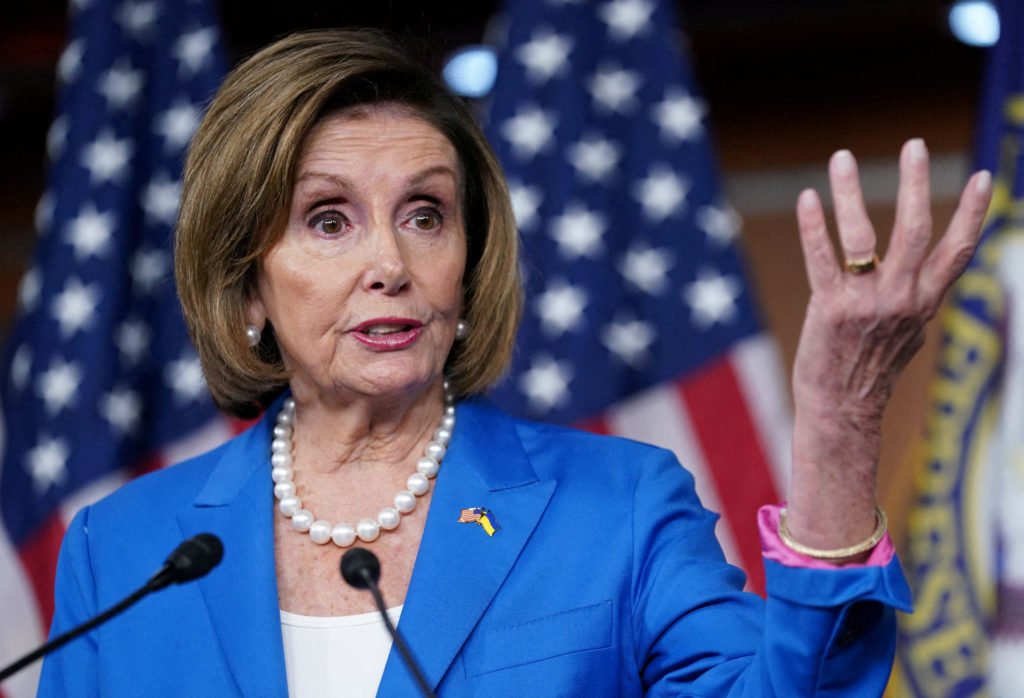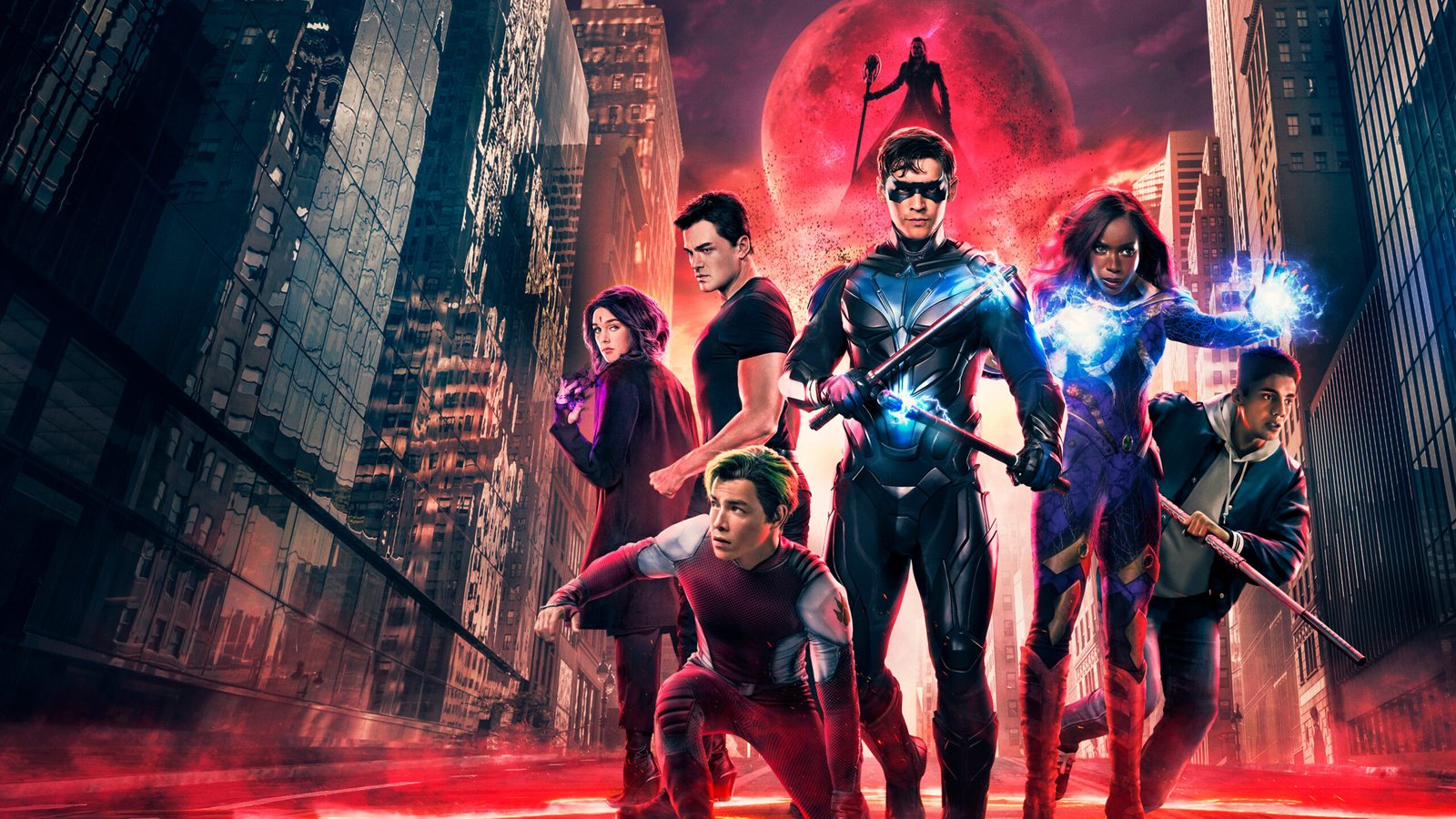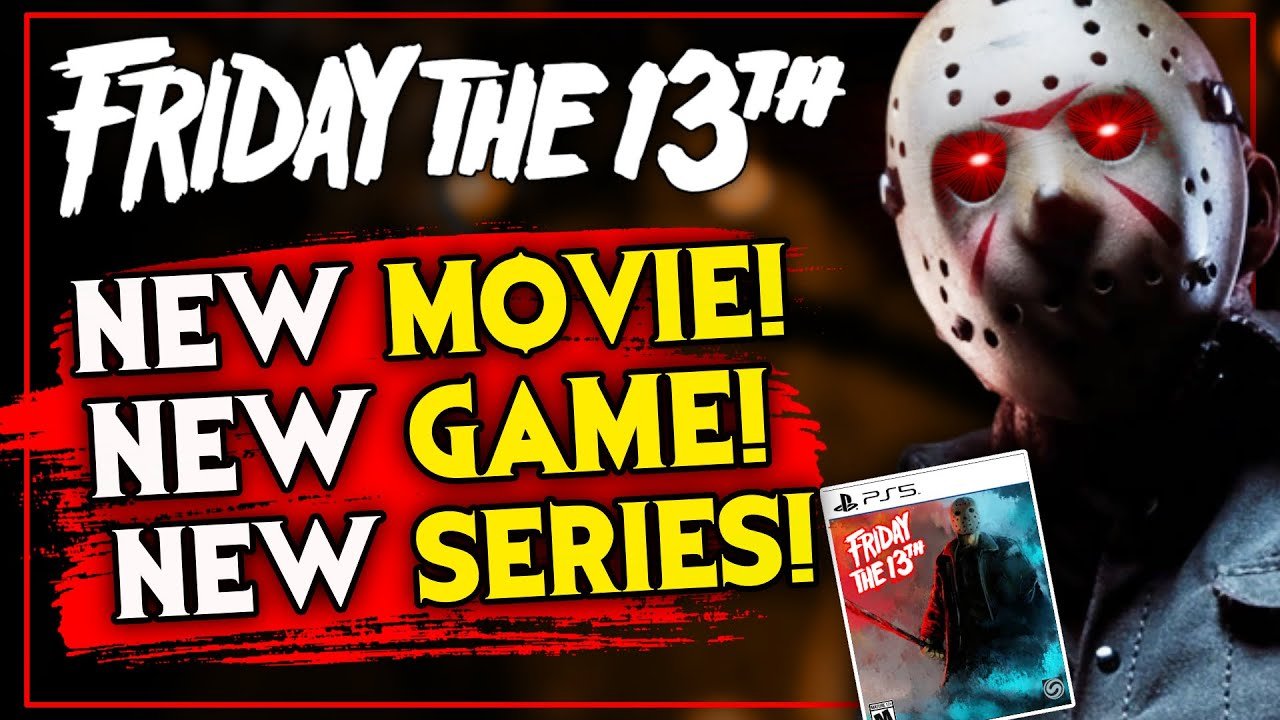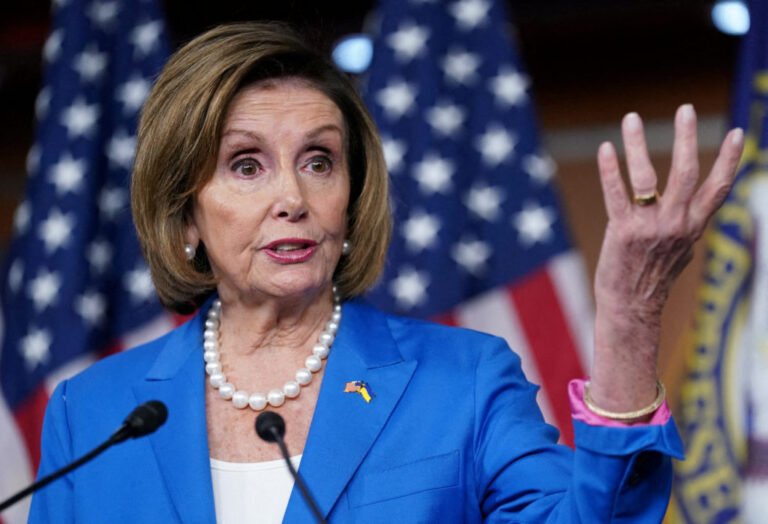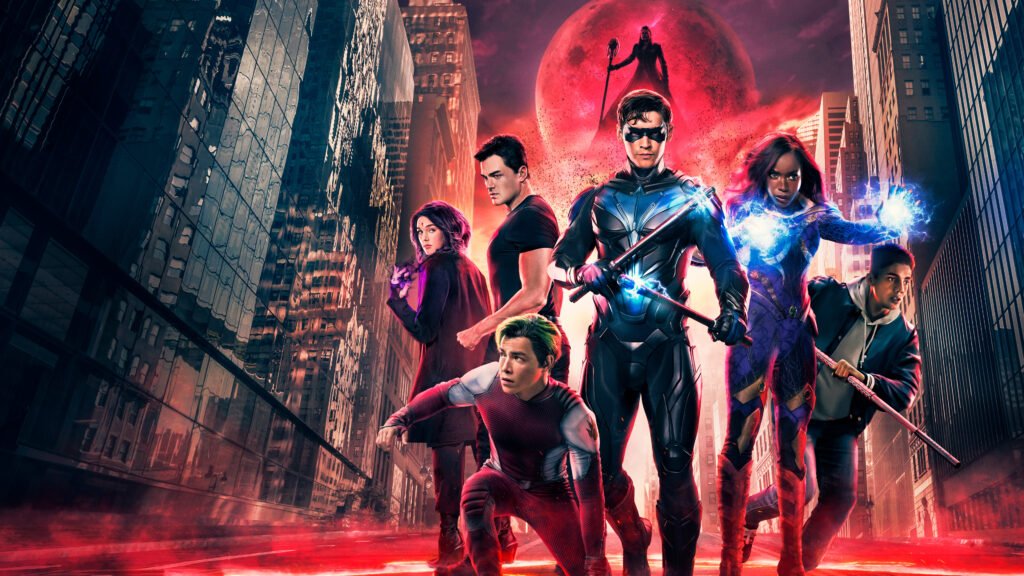
The Titans: Giants of Greek Mythology and Their Enduring Legacy
Introduction
In the rich tapestry of Greek mythology, the Titans stand as primordial giants—ancient deities who ruled the cosmos before the Olympian gods claimed dominion. Often overshadowed by their more famous offspring like Zeus, Hera, and Poseidon, the Titans nonetheless laid the foundations for the mythic world. This article delves into the origins, principal figures, epic conflicts, and lasting cultural impact of the Titans, offering a comprehensive overview for mythology enthusiasts and SEO-driven readers alike.
1. Origins of the Titans

1.1 Cosmic Birth: Gaia and Uranus
At the dawn of creation, Chaos—the yawning void—gave rise to Gaia (Earth), Tartarus (the Abyss), Eros (Love), Erebus (Darkness), and Nyx (Night). Gaia, in turn, birthed Uranus (the Sky), and together they parented the first generation of Titans. This primal lineage included twelve original Titans: six males—Oceanus, Coeus, Crius, Hyperion, Iapetus, and Cronus—and six females—Theia, Rhea, Themis, Mnemosyne, Phoebe, and Tethys.
1.2 The Twelve Titans and Their Roles
- Oceanus: Personification of the world-encircling river.
- Coeus: Titan of intellect and inquiry.
- Crius: Often associated with constellations.
- Hyperion: Titan of light; father of the sun, moon, and dawn.
- Iapetus: Ancestor of humanity through his sons.
- Cronus: Youngest Titan, who overthrew Uranus and later ruled the cosmos.
- Theia: Titaness of sight and shining light.
- Rhea: Mother of the first generation of Olympians.
- Themis: Embodiment of divine law and order.
- Mnemosyne: Personification of memory; mother of the Muses.
- Phoebe: Associated with prophecy and the oracle of Delphi.
- Tethys: Wife of Oceanus; mother of the river gods and Oceanids.
2. The Overthrow of Uranus
2.1 Uranus’s Tyranny
Although Uranus was born of Gaia, his reign was marked by cruelty. He imprisoned Gaia’s children—the Hecatoncheires (Hundred-Handed Ones) and the Cyclopes—deep within the Earth, causing Gaia immense pain.
2.2 Cronus’s Revolt
Gaia, seeking retribution, crafted a great sickle and persuaded her youngest Titan son, Cronus, to ambush Uranus. In a dramatic confrontation, Cronus castrated his father, casting his genitals into the sea. From the mingled blood and sea foam emerged the Furies, the Gigantes, and the birth of Aphrodite. Thus began Cronus’s rule, ushering in the Golden Age of peace and plenty.
3. The Titanomachy: Battle of Titans and Olympians
3.1 Prophecy and Paranoia
Despite ushering in prosperity, Cronus lived in fear of a prophecy: one of his children would overthrow him. To prevent this, he swallowed each newborn: Hestia, Demeter, Hera, Hades, and Poseidon. Rhea, distraught, saved her youngest, Zeus, by substituting a stone wrapped in swaddling clothes.
3.2 The Rise of Zeus
Hidden on the island of Crete, Zeus matured in secret. When grown, he forced Cronus to disgorge his swallowed siblings and led a rebellion against the Titans. This epic war, known as the Titanomachy, raged for ten years on the plains of Thessaly.
3.3 Allies and Weapons
- Cyclopes: Freed by Zeus, they forged his thunderbolt, Poseidon’s trident, and Hades’ helm of darkness.
- Hecatoncheires: Their hundred hands hurled massive boulders against the Titans.
3.4 The Defeat of the Titans
Ultimately, the Titans were vanquished. Zeus imprisoned most in Tartarus, guarded by the Hecatoncheires, while a select few—Oceanus, Themis, and Mnemosyne—were spared. Zeus then established the rule of the Olympian gods on Mount Olympus.
4. Prominent Titan Figures and Their Legacies
4.1 Prometheus: The Champion of Humanity
A son of Iapetus, Prometheus defied Zeus by stealing fire from the gods to give to mankind. His punishment—being bound to a rock where an eagle devoured his liver daily—symbolizes the price of rebellion and the gift of knowledge.
4.2 Atlas: The Burden Bearer
Another son of Iapetus, Atlas sided with the Titans during the Titanomachy. As punishment, Zeus condemned him to hold the heavens aloft for eternity—a potent image of endurance and cosmic responsibility.
4.3 Epimetheus and the Creation of Man
Epimetheus, Prometheus’s brother, was tasked with endowing animals with their attributes. In his hasty distribution, he left humanity naked. Prometheus’s gift of fire thus became essential for human survival, weaving the Titan siblings’ fates together.
5. Cultural and Artistic Representations

5.1 Classical Art and Sculpture
In ancient Greece, the Titans featured prominently in vase paintings and temple friezes. The Pergamon Altar (circa 180–160 BCE) famously depicts the Gigantomachy, the battle between the Olympians and the Giants—offspring of the Titans—underscoring the generational conflict theme.
5.2 Renaissance and Modern Literature
- Dante’s “Divine Comedy”: Dante references the Titans in his cosmic schema, portraying them as emblematic of hubris.
- Percy Shelley’s “Prometheus Unbound”: A lyrical drama reimagining Prometheus’s liberation, symbolizing the triumph of human spirit over tyranny.
5.3 Film and Popular Media
From Disney’s Hercules (1997) to modern video games like God of War, Titans continue to captivate audiences. Their colossal scale and primal power offer dramatic stakes and visual spectacle, ensuring their presence in contemporary storytelling.
6. Titans in Comparative Mythology
6.1 Norse Jötnar
The Norse Jötnar (giants) share striking parallels with the Greek Titans: primordial beings often at odds with the gods, embodying elemental forces and chaos.
6.2 Mesopotamian Anunnaki
In Sumerian lore, the Anunnaki are ancient deities who predate the more familiar pantheon, reminiscent of the Titans’ role as antecedents to the Olympians.
6.3 Hindu Asuras
Hindu mythology’s Asuras—powerful beings who challenge the gods—reflect the Titan motif of divine rebellion and cosmic conflict.
7. The Titans’ Enduring Symbolism
7.1 Cosmic Order vs. Chaos
The narrative arc from Uranus’s tyranny through the Titanomachy to the Olympian reign underscores the tension between primordial chaos and ordered civilization.
7.2 Rebellion and Sacrifice
Figures like Prometheus embody the spirit of defiance and the costs of progress, resonating with themes of human innovation and suffering.
7.3 Generational Conflict
The recurring motif of children overthrowing their parents highlights the inevitability of change and the cyclical nature of power.
8. SEO Best Practices for “Titans” Content
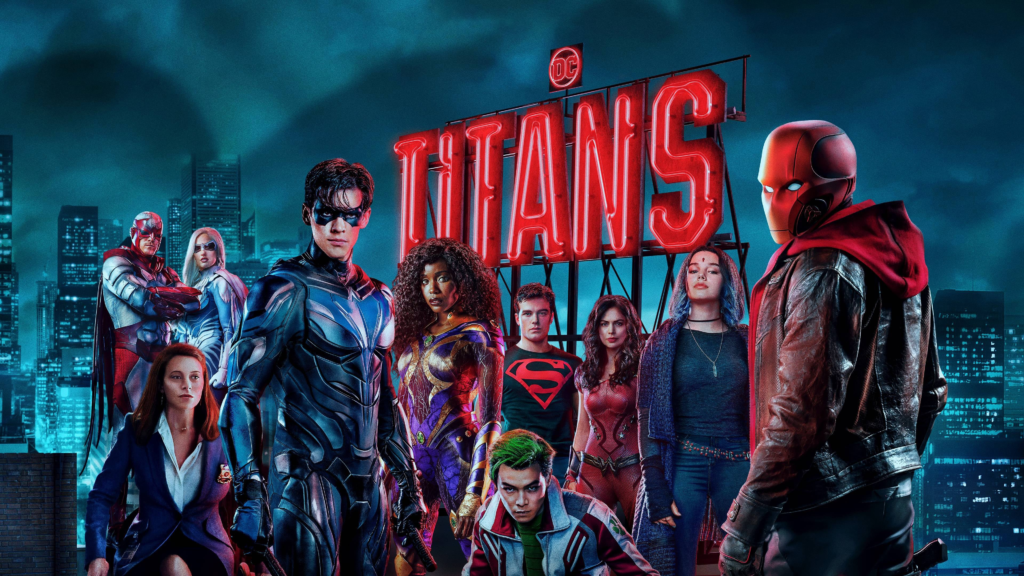
When crafting content about Titans—whether for educational blogs, entertainment sites, or academic portals—consider the following SEO strategies:
- Keyword Research
- Primary: “Titans Greek mythology,” “Titanomachy,” “Cronus Zeus battle”
- Secondary: “Prometheus fire,” “Atlas punishment,” “Greek primordial deities”
- Primary: “Titans Greek mythology,” “Titanomachy,” “Cronus Zeus battle”
- Structured Headings
- Use H2 for major sections (Origins, Titanomachy, etc.) and H3 for subsections to improve readability and SEO.
- Use H2 for major sections (Origins, Titanomachy, etc.) and H3 for subsections to improve readability and SEO.
- Internal and External Links
- Link to authoritative sources like Perseus Digital Library or Britannica for credibility.
- Cross-link to related content on your site, such as articles on Olympian gods or mythological creatures.
- Link to authoritative sources like Perseus Digital Library or Britannica for credibility.
- Multimedia Integration
- Include images of classical art depicting Titans (with proper alt text), infographics summarizing family trees, and short video clips.
- Include images of classical art depicting Titans (with proper alt text), infographics summarizing family trees, and short video clips.
- Meta Description and Title Tags
- Craft compelling titles: “The Titans of Greek Mythology: Origins, Battles, and Legacy.”
- Meta description: “Explore the epic saga of the Titans—primordial deities who ruled before the Olympians—and discover their enduring impact on culture and literature.”
- Craft compelling titles: “The Titans of Greek Mythology: Origins, Battles, and Legacy.”
Conclusion:
The Titans stand as titanic pillars in the mythic imagination, embodying the raw forces of nature and the dramatic saga of cosmic power struggles. From the overthrow of Uranus by Cronus to the epic Titanomachy led by Zeus, their stories resonate with themes of rebellion, sacrifice, and the cyclical ebb of authority. By understanding the Titans’ origins, principal figures, and cultural legacy, we gain deeper insight into the foundations of Western myth and the timeless human fascination with the primal and the divine. Whether you’re a student of mythology, a content creator, or an SEO strategist, the Titans offer a wealth of narrative richness and symbolic depth—truly giants in every sense of the word.


